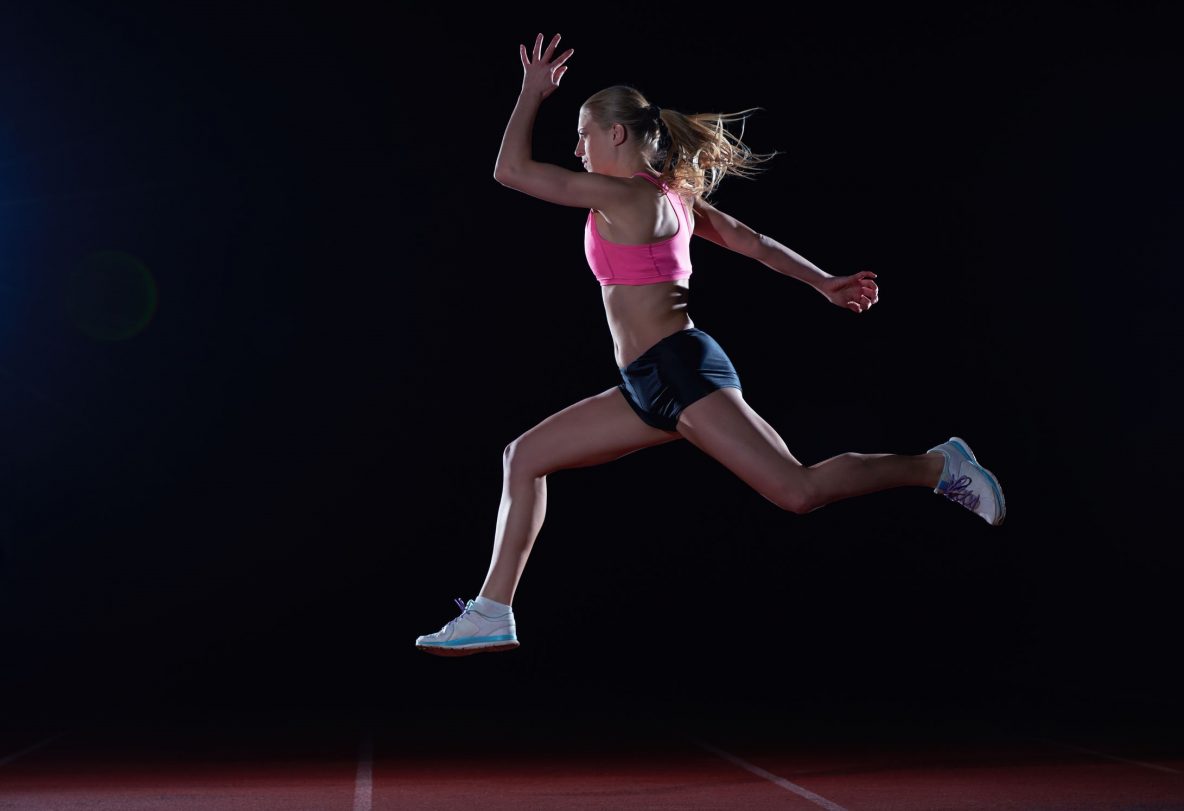This article is part one of a two-part series
Anybody who is involved in sports and who has a competitive nature is looking to boost their athletic performance. The problem, notes Shaun Karp, a personal trainer and founder of Karp Health Services, is that “people tend to be too narrow in their approach. They focus on building up one or two muscles groups and neglect joint and muscle balance. ” Shaun, who has trained many world-class athletes says, “you need to focus on three things when trying to improve athletic performance: improving joint and muscle balance, improving cardiovascular endurance/recovery, and preventing injuries.”
Joint & Muscle Imbalances
Joint and muscle imbalances are an issue for everyone. Not only is everyone born with their own individual imbalances, but certain sports, occupations, injuries, and fitness routines can exacerbate innate imbalances.
Imbalances can be due to participation in a particular sport where one side of the body is favored. A perfect example is those who engage in dragon boating, a fairly common sport in B.C. Consistently rowing with one side of the body creates muscles imbalances through thousands of repetitions. Golfing is another sport that can lead to muscle imbalances after hundreds and thousands of swings. Hockey, tennis, baseball, basketball, and lacrosse are other examples where muscle and joint imbalances result from the nature of the sport.
Occupations in which the person is repeatedly performing one action repeatedly is another cause of joint and muscle imbalance. Specific occupations such as office/administration, construction, taxi/bus drivers, and manufacturing and food processing have daily repetitive motions that contribute to severe joint and muscle imbalances over time. Muscle and joint imbalances brought on by occupational roles are often visible, such as when a person has hunched shoulders from prolonged sitting with improper posture.
A less common way of developing imbalances is through injuries. Injuries can put critical muscles out of service, and lead to the recruitment and overcompensation of other muscles. A sprained ankle can lead to overcompensation of upper body movement (rounding the back without bending at the knees) when picking up objects off of the ground, which if left unchecked, can become a permanent behavioral pattern. Having an ankle injury can also lead to one leg overcompensating for the other and with this comes improper foot placement and limping, which can lead to hip problems. If an injury never properly heals or if new behavioral patterns become permanent due to overcompensation, joint and muscle imbalances will surely follow.
Imbalances can also occur by overtraining or under-training specific muscles in the gym. Overworking chest and neglecting back exercises will lead to weak scapular stabilizers, poor posture, and can actually hinder the strengthening of pectoral muscles. Furthermore, focusing on quad- and glute-dominant leg exercises such as squats, lunges, and leg extensions while neglecting hamstring exercises, can lead to similar joint and muscle imbalances in the legs.
Fixing Imbalances
The first step in fixing joint and muscle imbalances is to recognize that we all have them. All of us are born with certain physiological inequalities regarding bone and muscle length, muscle insertion points, and ligamentous structure.
It’s important to correct muscle and joint imbalances because this will help prevent injury. It’s essential to understand that bones, muscles, and connective tissue are all integrated into one system. If any muscle or joint isn’t functioning properly due to injury or imbalance, the rest of the system becomes comprised, which affects performance.
There are generally two types of muscle imbalances, and those are between muscles (one bicep may be stronger than the other) and between opposing muscle groups (your chest and back muscles). It’s important to work on alleviating both of these types of imbalances in order to improve athletic performance.
To fix imbalances between muscles try adding in more single-sided exercises. Instead of always picking up a barbell, why not use a heavier dumbbell to try and alleviate a weaker bicep, tricep, or pectoral? In addition, try increasing the number of repetitions on the weaker side while ensuring that the weaker side keeps pace with repetitions on the stronger side.
For imbalances in-between muscle groups, such as your back and chest or quads and hamstrings, try starting a workout off with the opposing muscle group while adding one or two extra sets for that muscle. If you do chest and back in the same day, and you’re finding that you chest press a lot more than you can row, it is a sign that you need to focus more attention on working your upper back. By adding more rowing exercises, and by gradually increasing the number of repetitions, you should be able to bring your rowing strength a lot closer to what you’re able to chest press.
Seeking professional help for fine-tuning muscle and joint balances by a certified kinesiologist or personal trainer should be sought out for superior performance.

